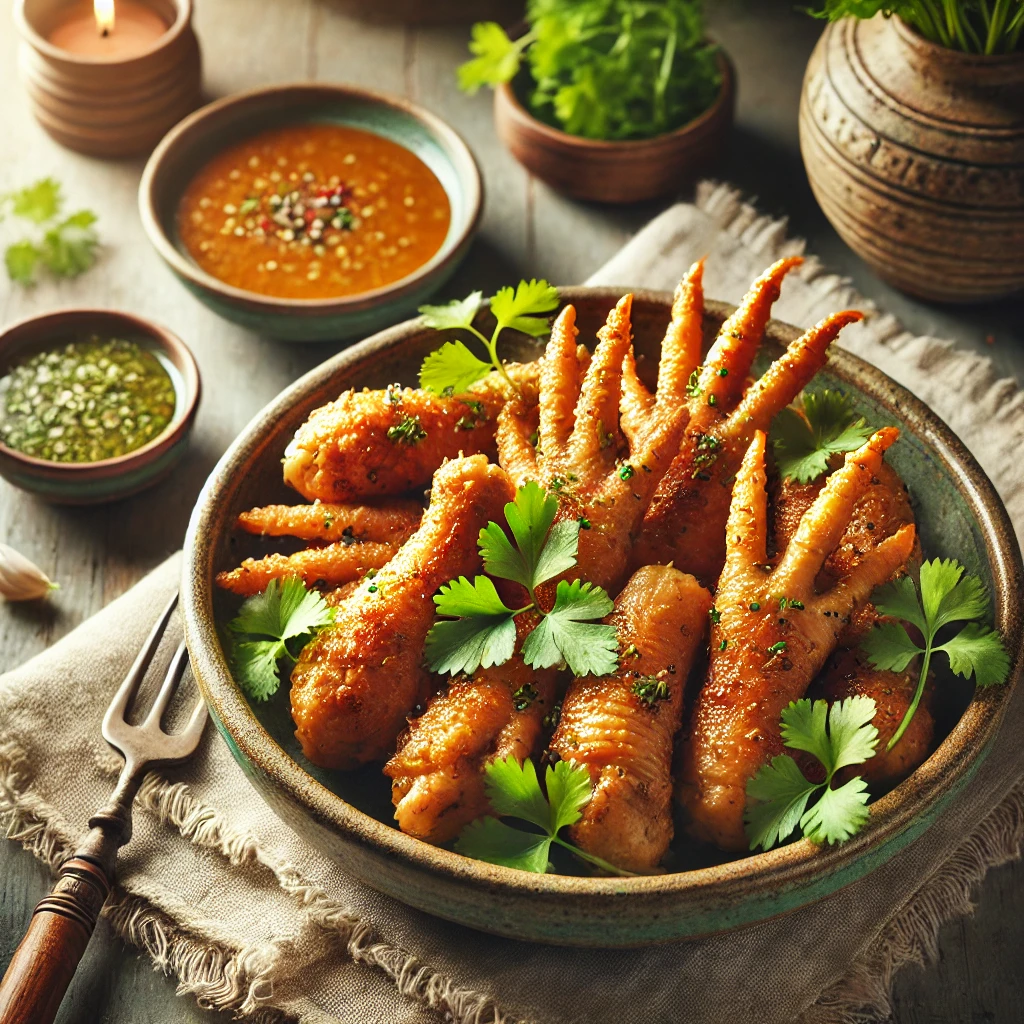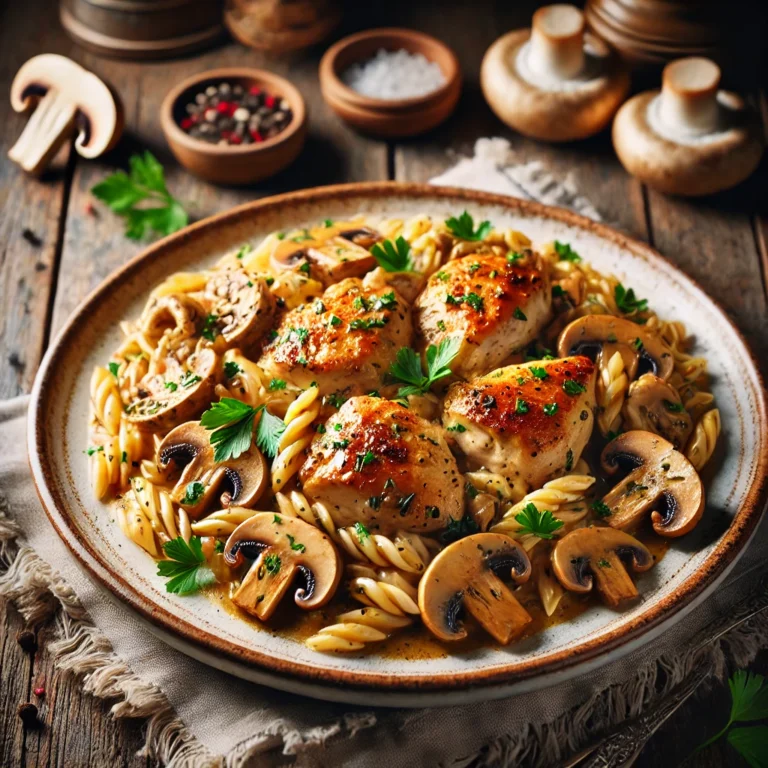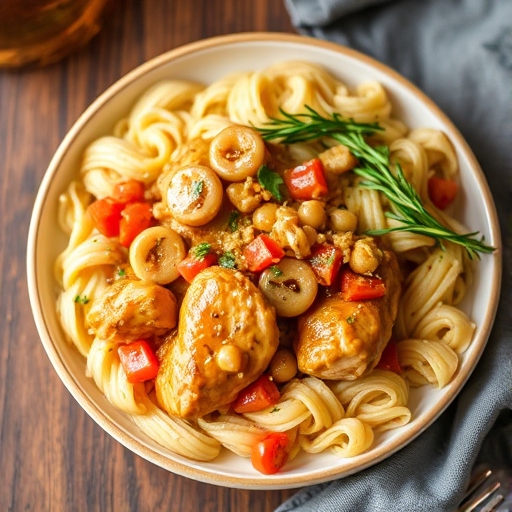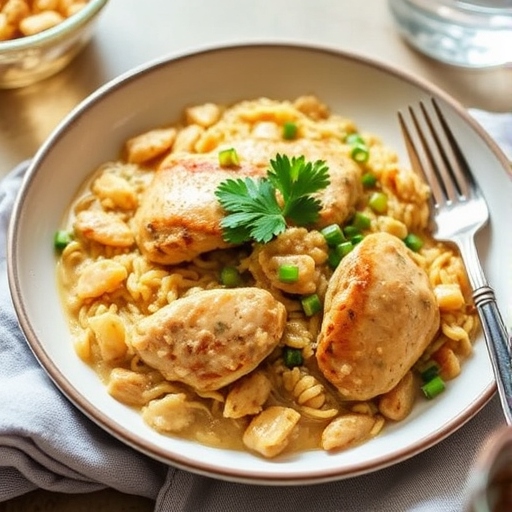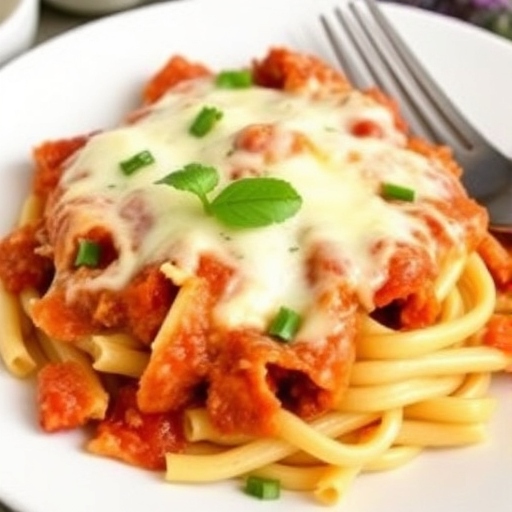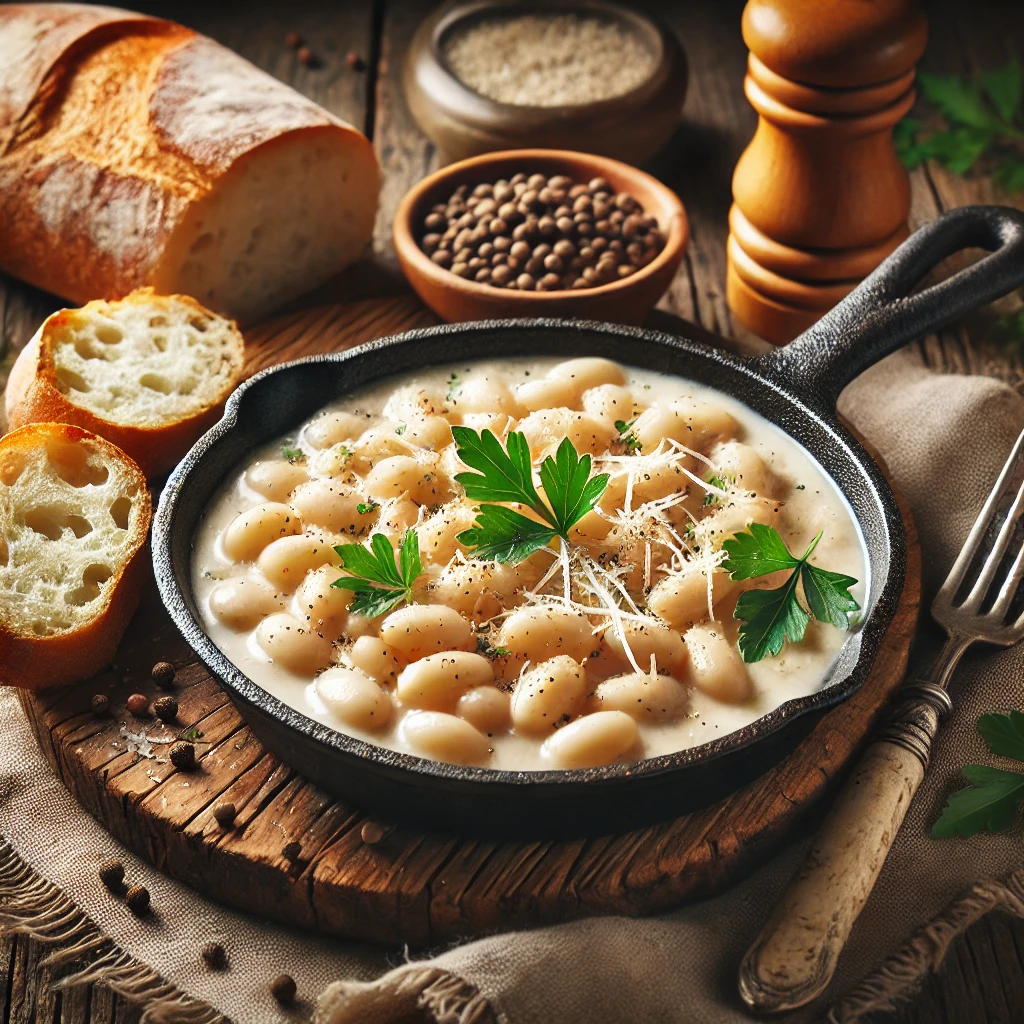Introduction
Ham and Gruyère scones are the perfect blend of savory and flaky goodness. These scones make a delightful addition to brunch spreads, an easy grab-and-go breakfast, or even a savory snack to enjoy with your favorite soup. Combining the smoky flavor of ham with the nutty richness of Gruyère cheese, these scones are a savory twist on the classic sweet scone.
Table of Contents
The Story Behind Ham and Gruyère Scones
The inspiration for these scones comes from traditional British scones, reimagined with a savory twist. By incorporating classic deli staples like ham and Gruyère cheese, these scones offer a more substantial, satisfying bite perfect for any time of the day. This recipe is an ode to comfort food that is simple yet sophisticated, making it a favorite for family gatherings and potlucks.
The Benefits of Making Your Own Ham and Gruyère Scones
- Customization: Adjust the ratio of ham and cheese or add herbs like chives or thyme for a personal touch.
- Freshness: Homemade scones are free from preservatives, offering a fresher, better-tasting option.
- Versatility: Serve them warm for breakfast, or pair them with soup or salad for a complete meal.
- Cost-Effective: Making scones at home can save money compared to purchasing them from bakeries or cafés.
Essential Ingredients for the Perfect Ham and Gruyère Scones
- All-Purpose Flour: Provides structure and a tender crumb.
- Baking Powder: Ensures the scones rise to perfection.
- Cold Unsalted Butter: Key for creating flaky layers.
- Diced Ham: Adds a savory, smoky flavor.
- Shredded Gruyère Cheese: Offers a nutty, slightly salty taste.
- Buttermilk: Keeps the dough moist while adding a subtle tang.
- Salt and Pepper: Enhances the overall flavor.
Cultural History of Ingredients
- Ham: A preserved meat that has been a staple across cultures, particularly popular in European and American cuisines.
- Gruyère Cheese: Originating from Switzerland, Gruyère is a cheese known for its creamy texture and nutty flavor, commonly used in baking and cooking.
- Buttermilk: A traditional ingredient in baking, historically used for its tenderizing properties in recipes like biscuits and scones.
Equipment You’ll Need
- Mixing bowl
- Pastry cutter or fork
- Rolling pin
- Baking sheet
- Parchment paper
- Cheese grater
Step-by-Step Instructions for Ham and Gruyère Scones
Ingredients:
- 2 cups all-purpose flour
- 1 tablespoon baking powder
- 1/2 teaspoon salt
- 1/4 teaspoon black pepper
- 1/4 cup cold unsalted butter, cubed
- 1/2 cup diced ham
- 1/2 cup shredded Gruyère cheese
- 3/4 cup buttermilk
Instructions:
- Preheat the Oven: Set your oven to 400°F (200°C). Line a baking sheet with parchment paper.
- Mix Dry Ingredients: In a large bowl, whisk together flour, baking powder, salt, and black pepper.
- Incorporate Butter: Using a pastry cutter or fork, cut the cold butter into the flour mixture until it resembles coarse crumbs.
- Add Ham and Cheese: Stir in the diced ham and shredded Gruyère cheese.
- Form the Dough: Gradually add buttermilk, mixing until the dough just comes together. Avoid overmixing.
- Shape the Dough: Turn the dough out onto a floured surface. Gently knead and pat it into a 1-inch-thick circle.
- Cut the Scones: Use a round cutter or knife to cut out scones and place them on the prepared baking sheet.
- Bake: Bake for 15–18 minutes or until golden brown.
- Cool and Serve: Let the scones cool slightly before serving.


Suggestions for Serving and Storing
- Serving: Serve warm with a dollop of butter or alongside a bowl of soup.
- Storing: Store leftovers in an airtight container at room temperature for up to 2 days or in the refrigerator for up to 5 days.
- Freezing: Freeze unbaked scones for up to 3 months and bake straight from the freezer, adding a few extra minutes to the baking time.
Chef Simon’s Tips for Ham and Gruyère Scones
- Keep the butter and buttermilk cold to ensure flaky scones.
- Avoid overworking the dough to maintain a tender texture.
- For extra flavor, sprinkle a little Gruyère cheese on top of each scone before baking.
Emotional and Psychological Impact of Food
Baking these savory scones can be a therapeutic experience, filling your home with the comforting aroma of ham and cheese. Sharing them with loved ones can foster a sense of togetherness and warmth.
Mindful Cooking Techniques
Take your time grating the cheese and cutting the butter into the flour. These small, deliberate actions can help you focus and find joy in the cooking process.
Tips for Keeping the Recipe Fresh Longer
Store scones in an airtight container and reheat in the oven for a few minutes to revive their texture before serving.
Advanced Culinary Terms and Techniques
- Docking: Prick the dough with a fork to release steam during baking for even cooking.
- Laminating: Incorporate butter into the dough to create layers, similar to puff pastry.
Healthy Ingredient Alternatives
- Cheese: Use low-fat cheese instead of Gruyère.
- Ham: Swap for lean turkey or plant-based ham alternatives.
- Flour: Substitute half the flour with whole wheat flour for added fiber.
More Serving Ideas
- Pair with a mixed green salad for a light lunch.
- Add a dollop of sour cream or mustard for extra flavor.
- Serve as part of a charcuterie board with fresh fruits and spreads.
Common Issues and Solutions
- Dry Dough: Add a splash of buttermilk if the dough is too dry.
- Flat Scones: Ensure your baking powder is fresh and avoid overmixing.
Variations to Try
- Bacon and Cheddar Scones: Replace ham with crispy bacon and Gruyère with sharp cheddar.
- Herbed Scones: Add chopped chives or parsley for a fresh twist.
Nutritional Information and Health Benefits
- Calories: ~220 per scone
- Protein: Rich in protein from ham and cheese.
- Calcium: High in calcium thanks to the Gruyère cheese.
The Art of Pairing Ham and Gruyère Scones
These scones pair beautifully with a hot bowl of tomato bisque or a chilled glass of white wine, such as Sauvignon Blanc.
Weather and Recipe Outcome
Perfect for cool, rainy days when you’re craving something warm and satisfying.
Other Savory Scones to Explore
- Sun-Dried Tomato and Feta Scones
- Spinach and Parmesan Scones
Focus on Tools and Equipment
Invest in a quality cheese grater and pastry cutter for consistent results.
Frequently Asked Questions (with answers)
Q: Can I make these scones without buttermilk?
A: Yes, you can substitute with regular milk mixed with a tablespoon of lemon juice or vinegar.
Q: Can I use pre-cooked ham?
A: Absolutely! Pre-cooked or deli ham works perfectly for this recipe.
Q: Can I freeze baked scones?
A: Yes, wrap them individually and freeze for up to 3 months. Reheat in the oven for best results.
Conclusion
Ham and Gruyère scones are a delectable treat that combines simple ingredients to create something extraordinary. Perfect for breakfast, brunch, or a savory snack, they’re a versatile addition to your recipe collection. Try them today and share the joy of baking these flaky, savory scones with family and friends. Enjoy!



